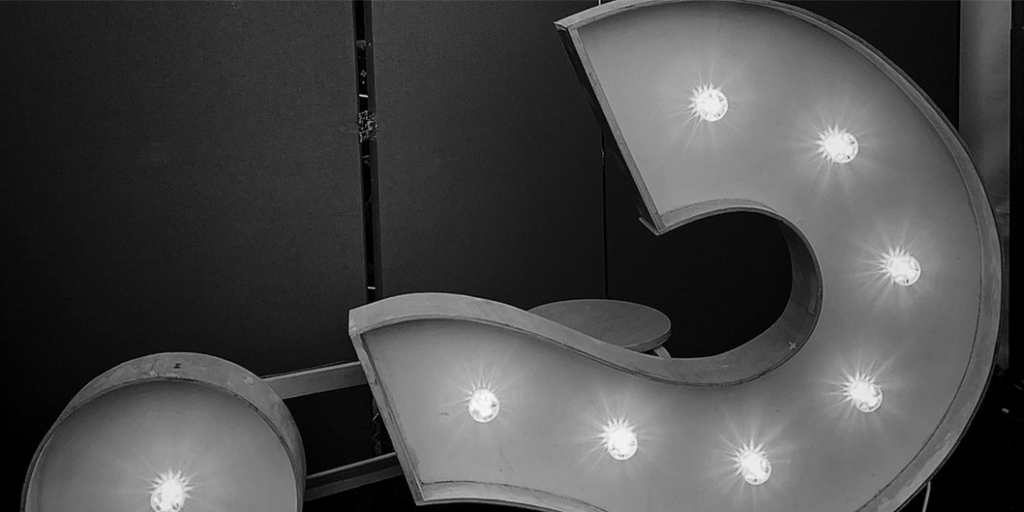Let’s Leave the Armor Off, for Good

A personal perspective on leading differently in the next pandemic transition We have choices as we emerge from the pandemic: We can go back to what now seems like an unsustainable pre-Covid frenetic pace, or we can use this next pandemic transition phase to start afresh, to have different kinds of conversations with our teams (and ourselves). […]
How can a high performer increase confidence?

Ed asks: I’m a senior executive with a track record of high performance. My performance levels have led to interesting career growth opportunities as well as increasing amounts of responsibility over the years. Given all I’ve achieved, my peers and colleagues believe I have a high level of confidence. But, the truth is, I don’t […]
How to Repair a Damaged Working Relationship

Mariposa Leadership Coach Tawny Lees helps an employee resolve a real-life disagreement by employing the Ladder of Inference model developed by Chris Argyris. Jamie asks: My colleague and I disagreed on the future of our project. She thought we should cut our losses now, while I thought we could still grow a customer base in a […]
How to Build a Collaborative Hiring Process That Works

How to Build a Collaborative Hiring Process That Works by Ragini Parmar Head: (3 out of 5) Heart: (3 out of 5) Leadership Applicability: (4 out of 5) Hyper growth can cause some companies to move quickly in the recruiting and hiring process to fill open positions, placing the established corporate culture at risk. But […]
On "10 Questions To Help You Evaluate 2015"

For most of our clients, December mixes the rush of holiday plans with completing end-of-the-year deadlines, making it a challenging time for self-reflection. But the start of the new year is a perfect time to take a step back to consider what went well last year, and the changes you want to make this year. The […]
Book Review | The Attacker’s Advantage

The Attacker’s Advantage: Turning Uncertainty into Breakthrough Opportunities By Ram Charan Head: (5 out of 5) Heart: (3 out of 5) Leadership Applicability: (5 out of 5) Senior leaders are familiar with strategic challenges inherent in executive leadership, including dealing with uncertainty. But in today’s business environment, a new kind of uncertainty has emerged: structural […]
The Introvert CEO

Michael asks: I was just named CEO of a small software startup company. I have a fairly introverted personality and realize this new role will require me to move more out of my comfort zone. Any tips? Therese Tong, PCC, Executive Leadership Coach, responds: Congrats! Let’s start with a few assumptions around how your introversion […]
Strength During Stress

Most executives have some periods of intense, unrelenting stress. This can happen for example during a time the team is rapidly growing in numbers; during a mission-critical project where the stakes are very high; or during a time of crisis such as a major HR or legal issue. At such times it’s a good idea […]
On "Customer Experience: How To Manage What You Don’t Own"

This article by Erik Long & Will Carter resonates because many businesses today rely on a complex web of external partnerships to deliver value for the customer. While external partnerships are often not within an organization’s direct control, certainly they can be influenced – and they must be – as they are part of the […]
6 Keys to Effective Delegation

James asks: I am working long hours and feeling burnt out. My manager says I am a high-performing manager, but I should delegate more. So, I did. Things are not getting done right or in a timely fashion. I’m worried this will affect my own performance. What’s the secret to delegating effectively so as not […]
